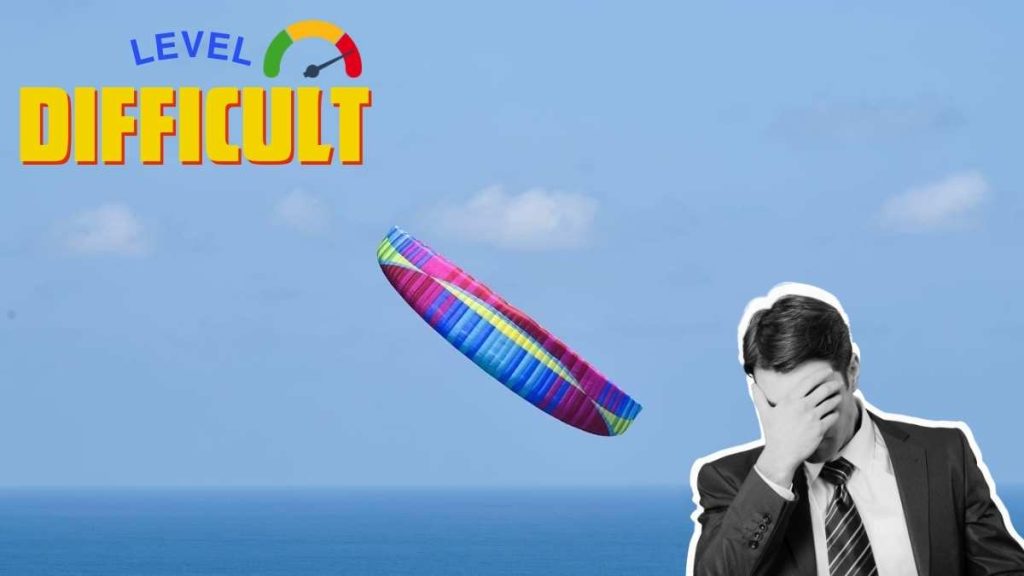
Congratulations, hotshot! You’re officially in the big leagues. These questions will separate the true sky ninjas from the weekend warriors. Strap in, it’s going to be a bumpy ride!
Results
Sky Ace, you’ve done it! You actually survived the quiz—now try not to get lost in the clouds, genius! 🤯
Yikes, Sky Ace! Looks like the only thing you’ve mastered is how not to pass. Better start with a parachute! 😅
#1. What is the effect of “thermal inversion” on flight conditions?
#2. Why is “roll control” critical during coordinated turns?
#3. How does “barometric pressure” influence paragliding conditions?
#4. What role do “wind shadows” play in flight planning?
#5. Why is “accelerator use” crucial when flying in headwinds?
#6. Why is “canopy porosity” a critical factor in glider performance?
#7. Why is “pitch control” essential during advanced maneuvers?
#8. Why is “airfoil shape” critical to glider performance?
#9. How does “adiabatic cooling” influence thermal formation?
#10. What is the purpose of a “trimmer” on a paraglider?
#11. What is “parasitic drag,” and how does it affect glider performance?
#12. How does “thermal cycling” influence paragliding conditions?
#13. What does “thermal searching” involve in cross-country paragliding?
#14. Why is “sinking air” an important concept for paragliding pilots?
#15. How does “thermal shading” affect lift during a flight?
#16. What is the purpose of using a “speed-to-fly chart” during cross-country flights?
#17. How does “thermal drift” impact cross-country paragliding?
#18. What is a “reserve throw” and when should it be used?
#19. Why is “variometer sensitivity” important for advanced pilots?
#20. How does “wing loading” affect a paraglider’s performance in turbulent conditions?
Previous
Finish



